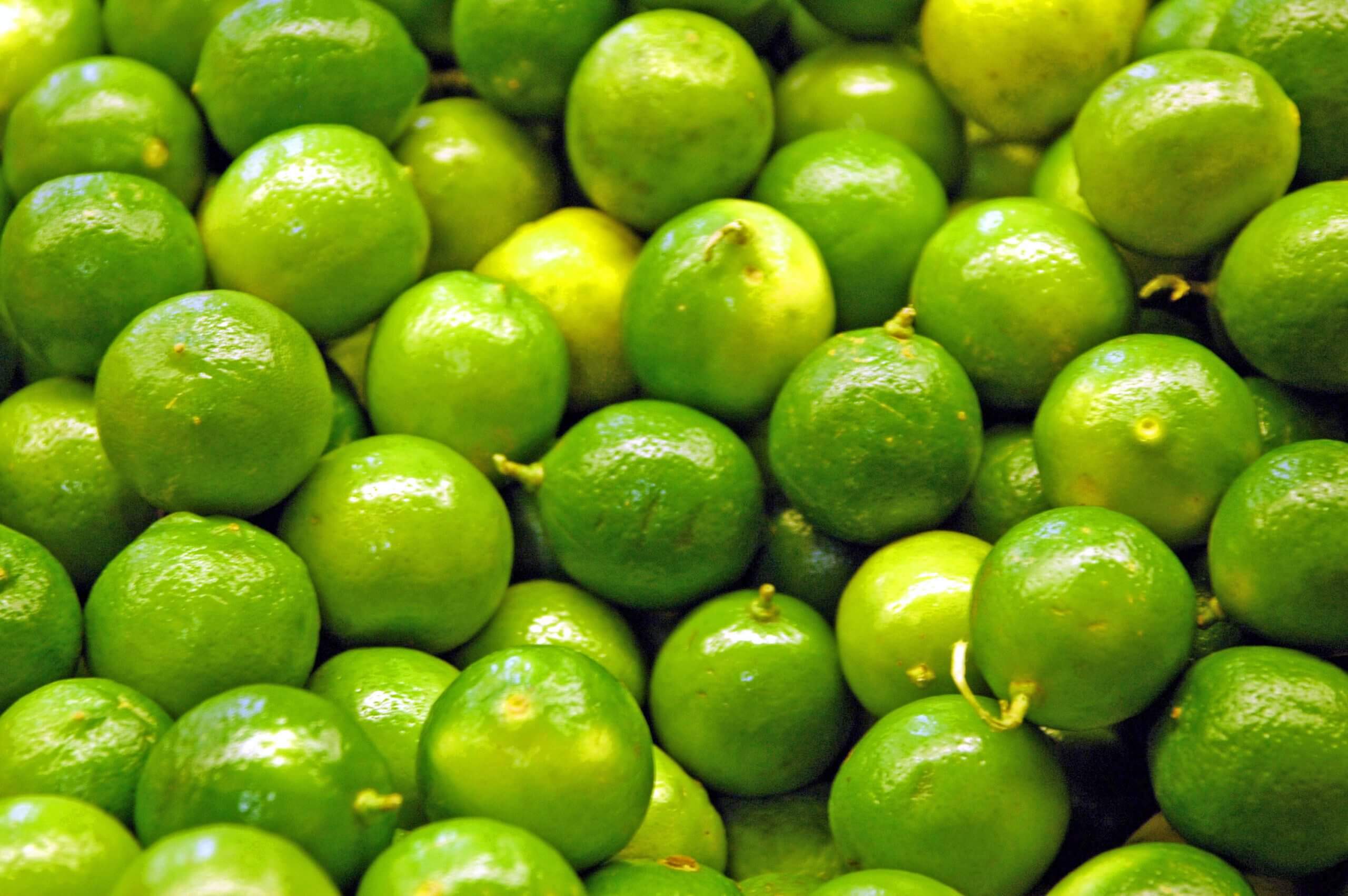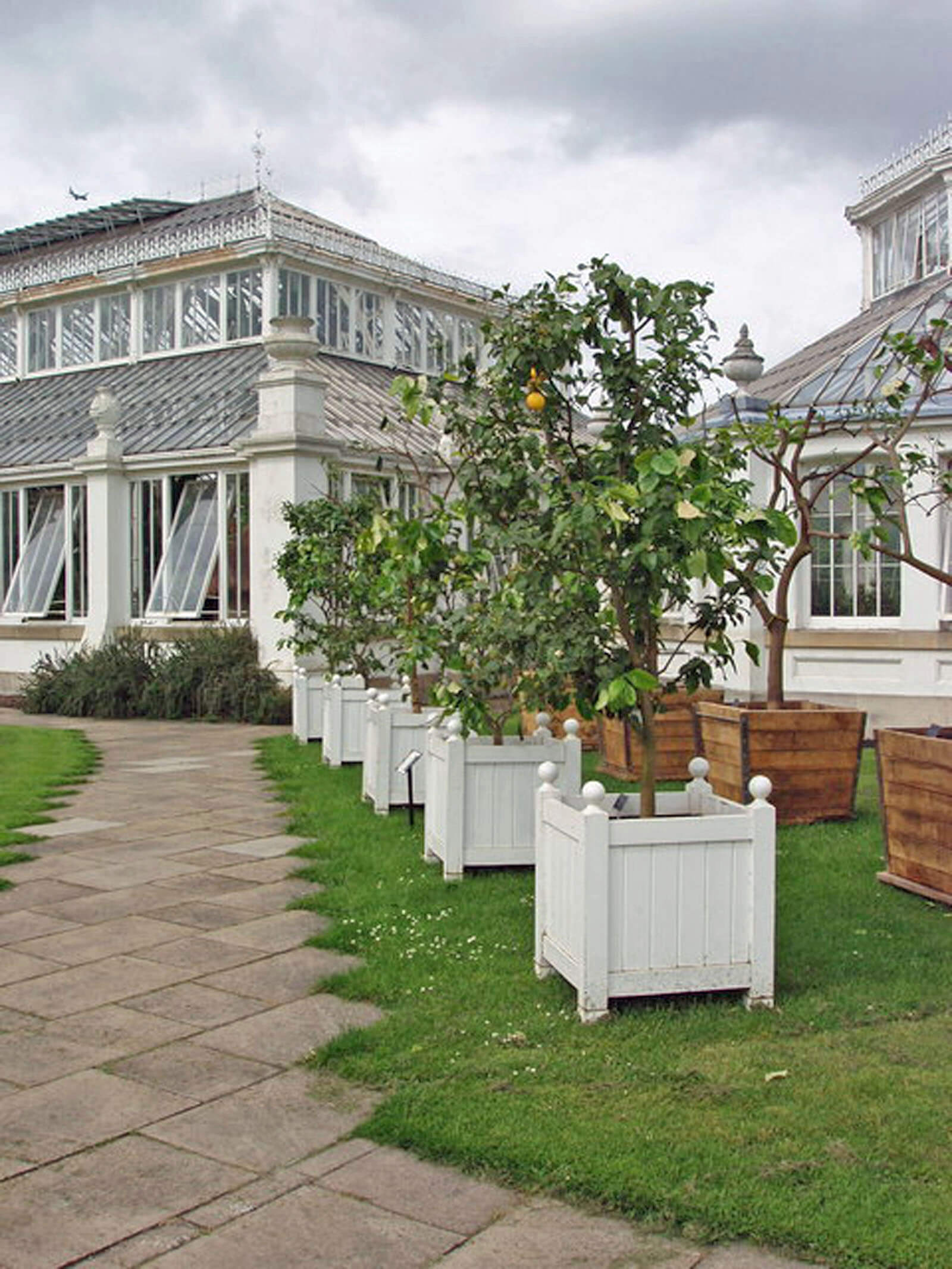
The Cuervo Gold tequila we all swore off of so many times in high school has some big competition these days. There are now over 600 tequila brands on the market and high quality imports elevate this drink from spring break slammers to uptown tasting parties. With tequila coming up in the world at well over $50 a bottle, you’ll want to know a bit more about growing the bartender’s lime to match. Growing limes is easy!
Mexican Lime
Centuries ago, Arab traders brought limes from Asia to the Middle East where Crusaders carried them home to Spain, and later into Mexico. The species Citrus aurantifolia has since split into varietal groups to include larger Key limes and the smaller Mexican “bartender’s” lime. The latter produces the best lime for tequila aficionados.Mexican limes have the thinnest rind of all citrus. This allows the fruit to dehydrate so quickly its cold storage life is severely limited. Store bought limes rarely retain that fresh-picked in flavor, but if you grow your own Mexican limes in a large pot, you’ll enjoy the freshest fruit possible with every tequila tasting.

The Mexican lime variety available from premier citrus growers is Citrus aurantifolia ‘Mexican Thornless.’ This lime tree blooms over spring and summer with small white blossoms that release a heady citrus fragrance. It is very frost tender and best grown in a large pot you can move under cover or indoors for the winter. The container should have not just one, but numerous drain holes in the bottom to ensure there is no over-saturation occurring deeper down.
Growing Mexican Lime
Because all citrus are picky about drainage, use Black Gold Natural & Organic Potting Soil where summers are humid. In the depths of the Southwest, where summers can be very hot and dry, Black Gold Cocoblend Potting Soil will help retain more moisture in the dry heat. For established container-grown limes or other citrus, use Black Gold Citrus, Avocado & Vine fertilizer each year to ensure a plentiful harvest.
Mexican limes are frost-damaged by temperatures below 30 degrees F. Key limes may be slightly more hardy. Either way, plant them in a protected spot or use a large planter with wheels to ensure you can move yours to protection on cold nights or for the entire winter. For those willing to do so, draping a protective blanket or bed sheet over a smaller tree on cold nights is a temporary, yet effective, strategy for overcoming periodic frost.
The biggest challenge is protecting tender citrus tree bark, which is highly vulnerable to sunburn. This is why they are painted white in the orchard; the paint provides the same benefits that zinc oxide provides human sunscreens. You can do the same with watered-down white interior latex on your homegrown citrus too. If not painted, sunburn can result and cause blistering or long cracks in the bark, which cause moisture loss and increase pest and disease vulnerability.
 To keep a potted tree to a limited size, thin out interior branches at any time. Time your pruning well by waiting until after fruit harvest to avoid interfering with the flowering process. If you’re growing ‘Mexican Thornless’, any suckers from below the graft union should be promptly removed as they bear large painful barbs.
To keep a potted tree to a limited size, thin out interior branches at any time. Time your pruning well by waiting until after fruit harvest to avoid interfering with the flowering process. If you’re growing ‘Mexican Thornless’, any suckers from below the graft union should be promptly removed as they bear large painful barbs.
If memories of tequila shots on the Mexican Riviera seem far more flavorful than those of tequila parties further north, it’s not your imagination. Freshness is everything when you bite into a lime wedge. Why not bring a little bit of Mexico to your own backyard, so whenever life gives you too many lemons, you can always break out the tequila and limes.
